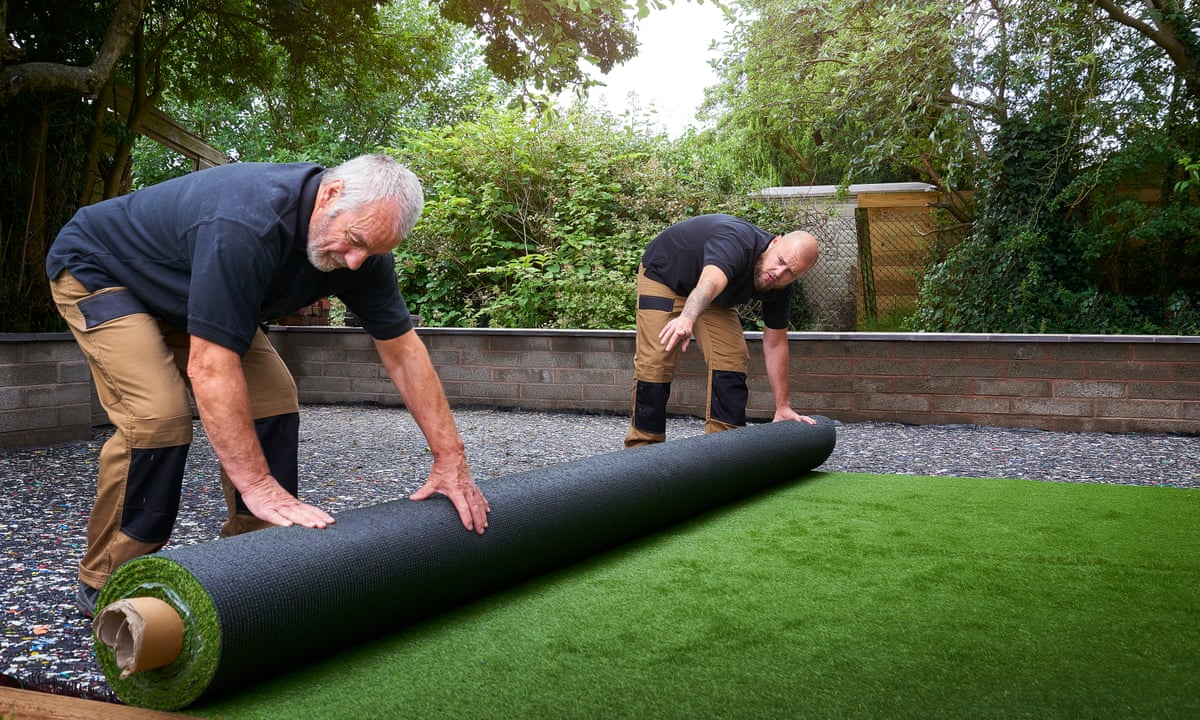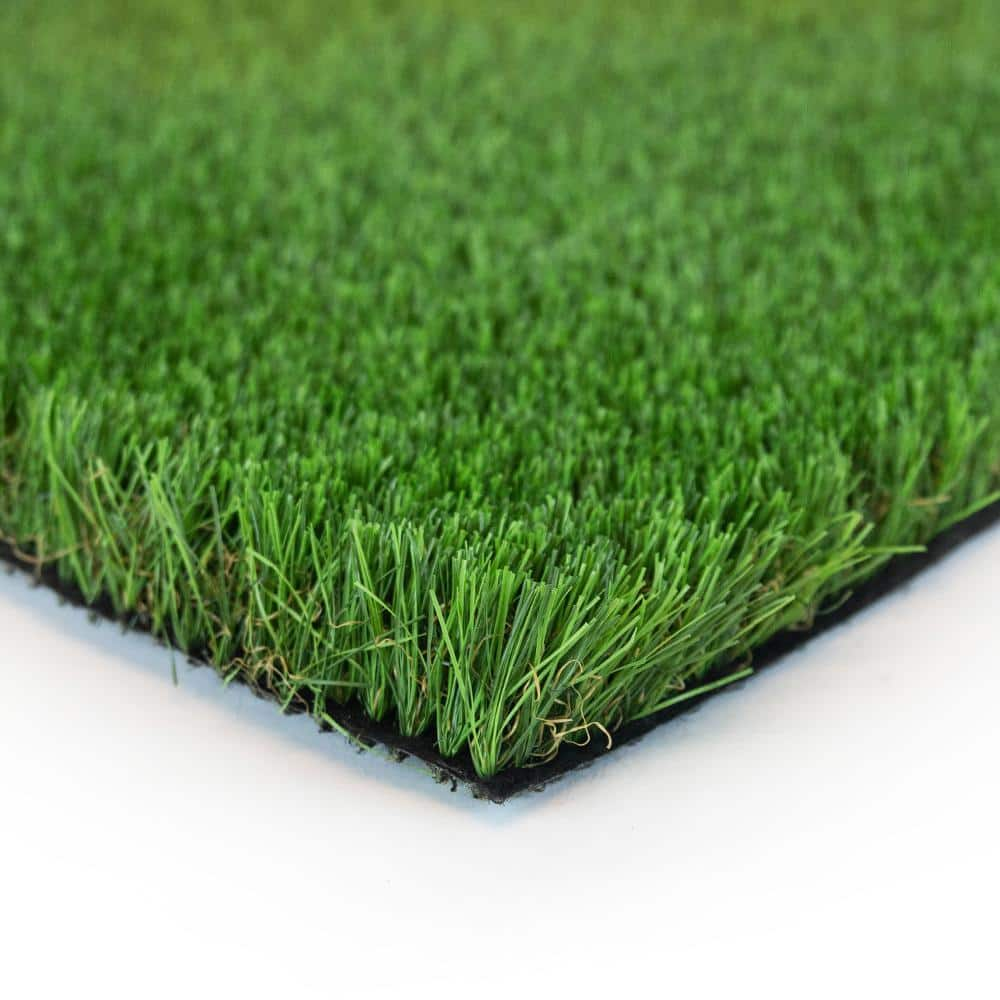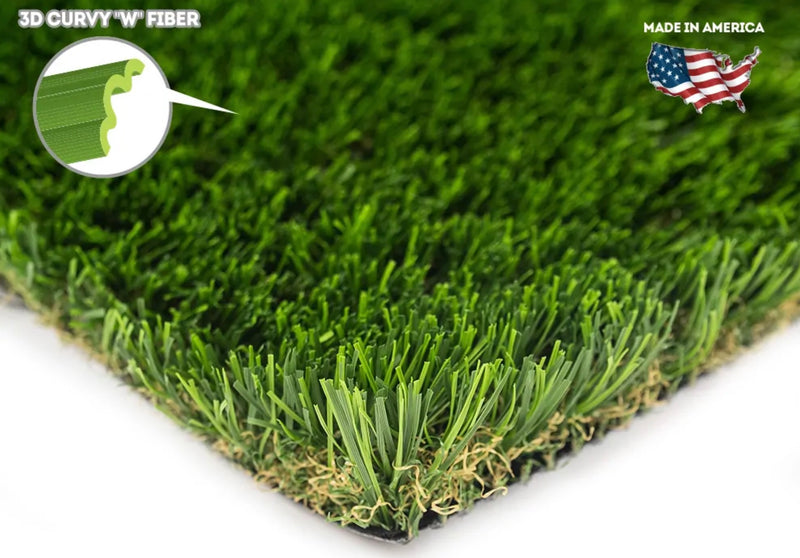Explore the Environmental Advantages of Opting for Artificial Lawn Solutions
The adoption of synthetic grass services offers an engaging chance to attend to pressing ecological obstacles. By dramatically lowering water use and decreasing the application of hazardous chemicals, these alternatives not only promote sustainable landscaping yet additionally secure local ecosystems. In addition, the reduced carbon impact linked with lowered upkeep activities contributes to a more sustainable approach to land management. The effects of these benefits expand beyond plain preservation efforts, raising concerns regarding their long-lasting influence on environment conservation and overall environmental equilibrium. Discovering these dimensions exposes a complicated interaction worth thinking about.
Water Preservation Conveniences
Among the most significant advantages of synthetic grass is its capacity to conserve water. Conventional lawn lawns call for considerable watering, particularly in locations prone to drought or water restrictions. In contrast, synthetic grass does not need watering, considerably lowering the overall demand for water sources. This attribute is especially beneficial in deserts where water deficiency is a pressing worry.
By getting rid of the need for routine watering, synthetic grass adds to lasting landscape techniques and helps minimize the ecological effect of excessive water intake. Furthermore, the preservation of water includes the decrease of drainage, which can lead to soil disintegration and waterway contamination.
In addition, the setup of synthetic grass enables house owners and municipalities to designate water sources extra effectively, focusing on vital uses such as drinking water and agriculture. The change towards artificial turf not only promotes liable water usage but additionally straightens with more comprehensive ecological objectives focused on maintaining all-natural sources.
As neighborhoods progressively prioritize sustainability, the water conservation advantages of artificial turf provide an engaging instance for its fostering in household and industrial landscaping projects.
Decreased Chemical Use
The transition to synthetic grass dramatically lowers the dependence on chemical treatments commonly utilized in natural grass upkeep. Standard lawn monitoring commonly includes the application of pesticides, fertilizers, and herbicides to promote development and control pests. These chemicals can position risks to human wellness, local wild animals, and the atmosphere, adding to dirt and water contamination.
In contrast, man-made lawn eliminates the requirement for these hazardous compounds. By minimizing the launch of artificial compounds into the ecosystem, artificial lawn promotes healthier dirt and water systems.
Furthermore, the absence of chemical drainage linked with synthetic grass installations helps secure local rivers from pollution, supporting water life and preserving biodiversity. Arizona turf. As neighborhoods increasingly prioritize lasting practices, choosing synthetic grass provides a feasible remedy that aligns with ecological preservation objectives. With this shift, residential property proprietors can delight in lavish eco-friendly areas without compromising eco-friendly wellness, leading the way for a more lasting future
Reduced Carbon Footprint

Furthermore, the installment of man-made lawn can result in considerable water preservation. Natural yards call for considerable amounts of water for watering, which not just contributes to the carbon footprint related to water extraction and treatment however additionally pressures regional water sources. In comparison, artificial grass requires minimal maintenance, calling for no watering, thus significantly minimizing water use and its linked power prices.
Furthermore, the longevity of synthetic grass adds to its lower carbon impact. With a life expectancy of approximately 15 years or even more, the requirement for frequent replacements is diminished, resulting in much less waste and lower energy consumption in manufacturing and look what i found dealing with standard grass options. Generally, artificial turf offers a lasting option for eco conscious landscaping.
Habitat Conservation
Habitat conservation is a critical factor to consider in the dispute over landscaping selections, particularly when contrasting fabricated lawn to all-natural grass. Natural lawn yards frequently need comprehensive upkeep, including using herbicides, chemicals, and plant foods, which can detrimentally affect neighborhood communities. These chemicals can leach right into the soil and rivers, hurting native flora and animals and disrupting local environments.
Man-made lawn removes the demand for dangerous chemicals, thereby safeguarding close-by wildlife and preserving the stability of surrounding ecological communities. The setup of fabricated lawn can lead to the conversion of previous yard locations right into even more biodiverse landscapes, such as pollinator gardens or native plant areas, which can sustain local wildlife.
Eventually, the shift to synthetic grass not only conserves water and decreases maintenance efforts but also cultivates an extra unified partnership in between human activities and the native environment, promoting habitat preservation in the procedure.
Long-Term Sustainability
Lasting sustainability is a critical consider reviewing the advantages of synthetic grass over typical grass yards. Among one of the most considerable advantages of synthetic grass is its toughness; it can last as much as 15-20 years with marginal upkeep, whereas natural grass needs frequent reseeding and replacement. This longevity decreases the need for continuous resources, such as water, plant foods, and chemicals, which are vital for maintaining a healthy grass yard.
Additionally, synthetic grass adds to a reduction in carbon exhausts connected with grass care tools. Conventional grass typically call for gas-powered lawn mowers, leaners, and blowers, every one of which add to air contamination. Arizona artificial turf. In contrast, fabricated turf see this page gets rid of the requirement for such equipment, promoting a cleaner atmosphere
Moreover, the manufacturing of synthetic grass significantly makes use of recycled products, boosting its sustainability account. As manufacturers adopt environment-friendly practices, the ecological impact of synthetic grass continues to reduce.

Verdict
The adoption of synthetic grass remedies offers significant environmental advantages, including significant water conservation, decreased reliance on unsafe chemicals, and a reduced carbon footprint. Synthetic turf help in protecting natural habitats by minimizing land disturbance and promoting long-lasting sustainability via the usage of here are the findings long lasting materials. Collectively, these elements emphasize the capacity of man-made grass to add favorably to environmental health and wellness and use a sensible option to conventional landscaping practices in an increasingly resource-conscious globe.
In contrast, artificial lawn does not require watering, dramatically minimizing the overall need for water sources. By lessening the release of artificial compounds right into the community, man-made turf advertises healthier soil and water systems.
Furthermore, the installment of man-made turf can result in considerable water preservation. In contrast, artificial lawn needs very little upkeep, calling for no watering, thus dramatically decreasing water use and its associated power costs.
